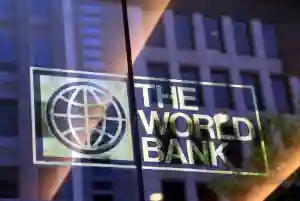The World Bank has warned Zimbabwe that there is a need to create an enabling environment for the country to attain its ambitious goal of becoming an upper-middle-income country by 2030.
Speaking at the launch of the Country Economic Memorandum (CEM) in Harare on Wednesday, the World Bank Country Manager Zimbabwe, Marjorie Mpundu said:
Achieving such an unprecedented target, Zimbabwe will require dramatic improvement in the policy environment to address the binding constraints to productivity growth.
Local industry is currently grappling with several challenges that include but are not limited to an overregulated environment, liquidity crunch, currency and exchange rate volatility, rising fuel prices, and crippling power cuts.
Mpundu said these have hindered business productivity. She said:
Formal firms face several business environment constraints that limit productivity.
These include macroeconomic instability and price and exchange rate distortions which have led to limited funding to finance new investments.
Inefficient allocation of resources has discouraged the entry of new, potentially productive firms, forced productive firms to exit, and allowed the survival of less competitive firms.
Informality and low learning from international markets also are among the key drivers behind weak productivity performance.
Wednesday’s launch of the CEM was the first since 1985.
Mpundu said CEM seeks answers to two questions: what can be done to scale up the productivity of the informal sector and how to boost trade to scale up the productivity of the formal sector.
She said Zimbabwe will need to reach productivity growth rates of 8% to 9% per year in the next seven years to become an upper middle-income economy. | Business Times

